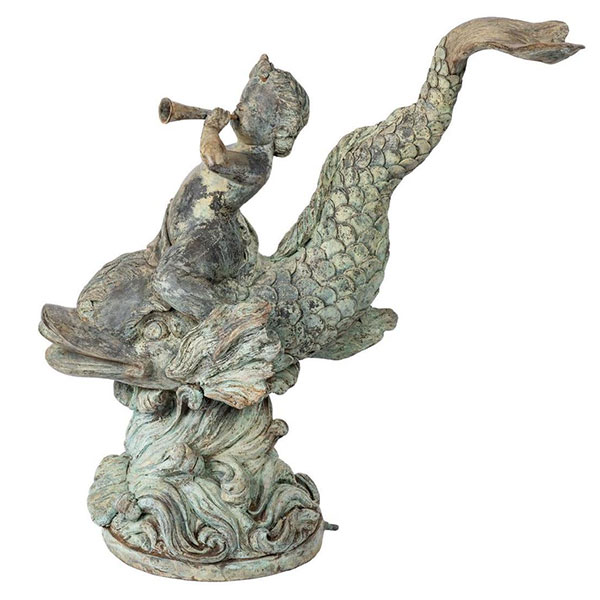Happy Earth Day! Celebrate with Our Editors’ Top 5 Garden Collectibles
Today marks the 50th Anniversary of Earth Day! What better way to celebrate than to brighten your yard than with vintage decorations? Enjoy nature and add some fun elements to your flowers and greenery. Here are our Top 5 picks for garden collectibles:





